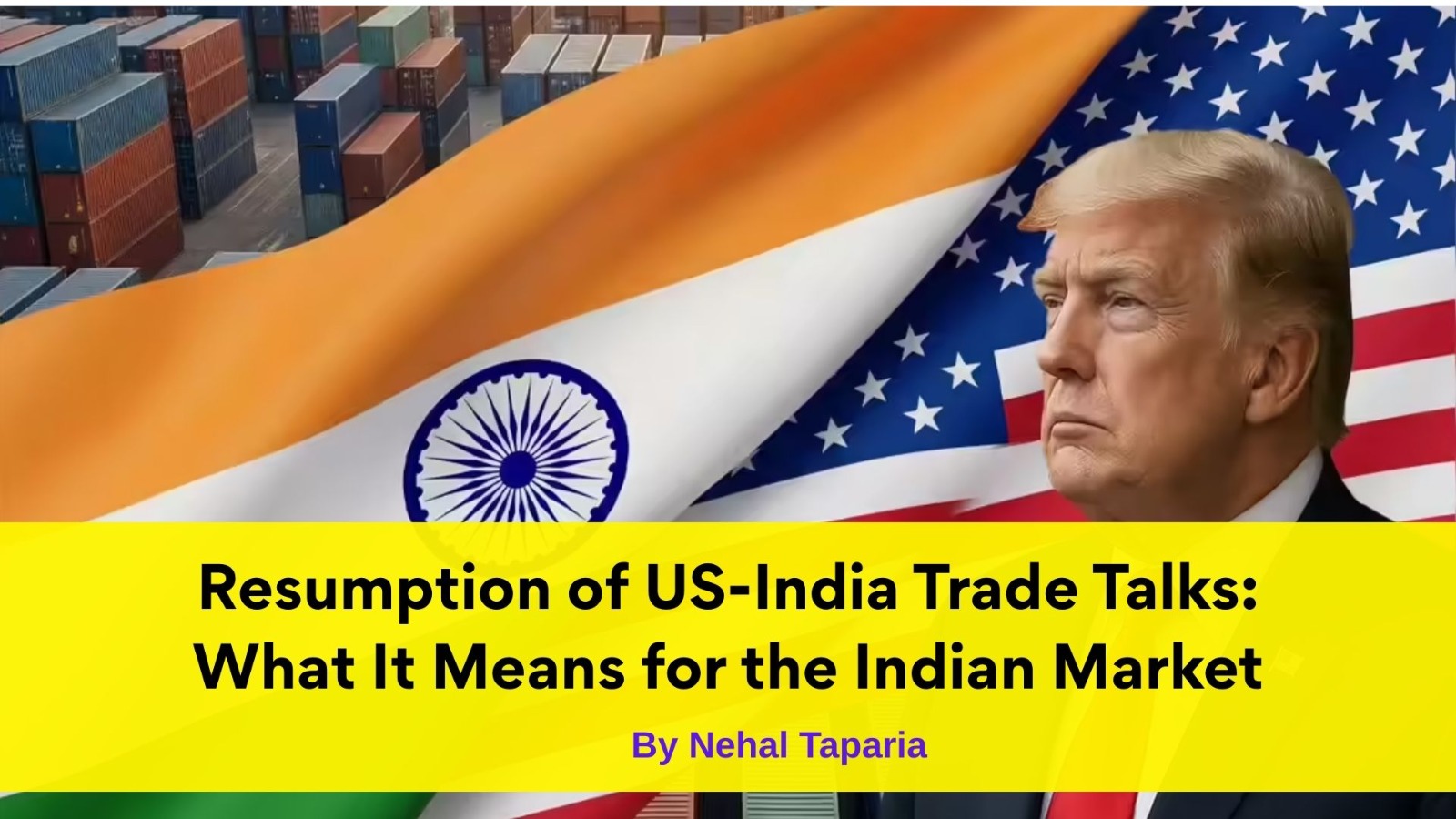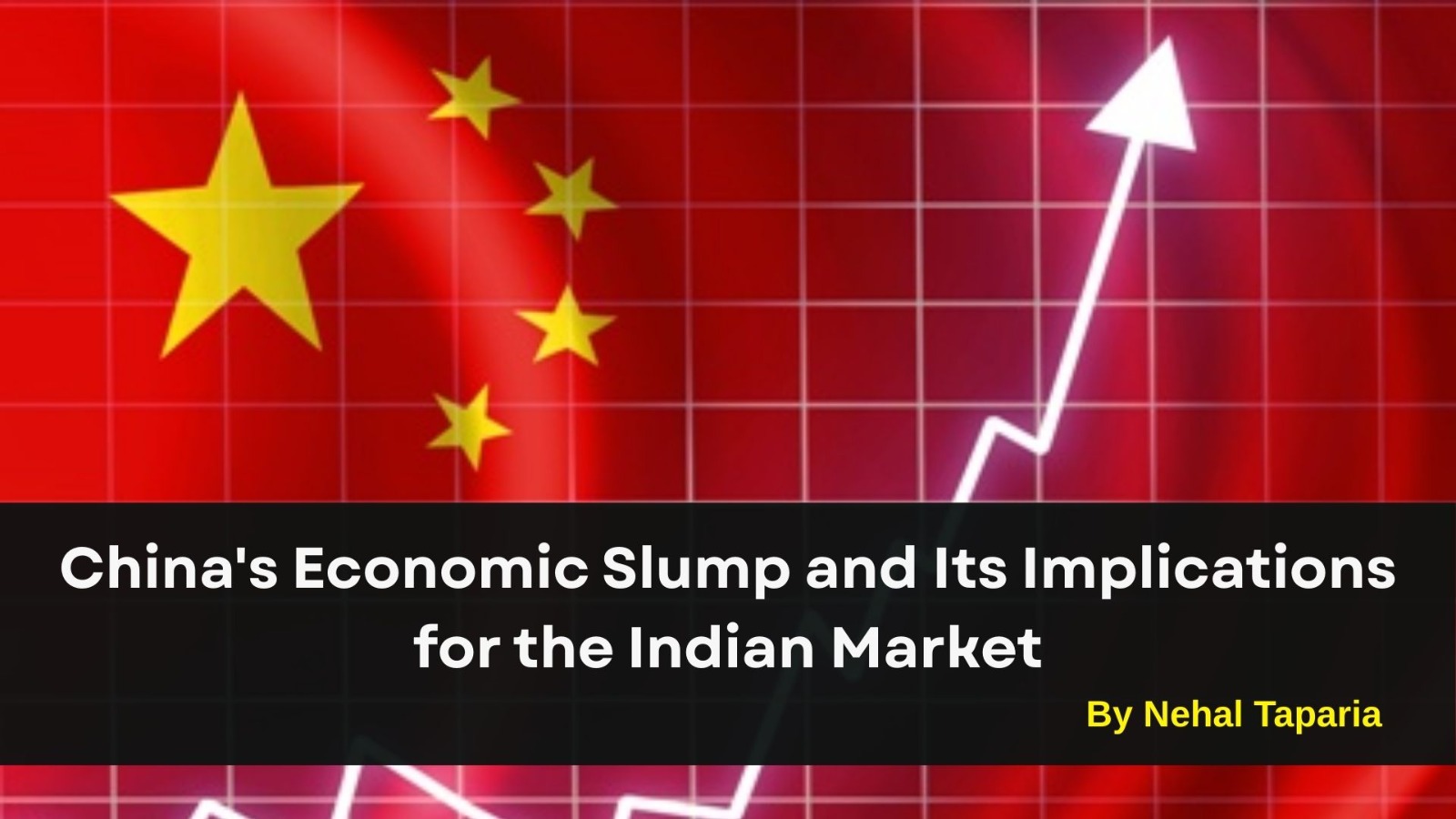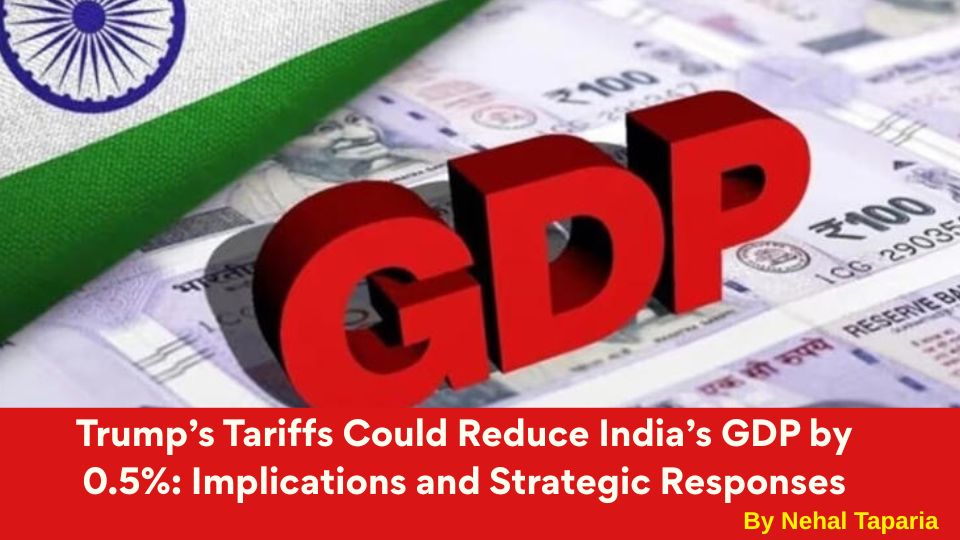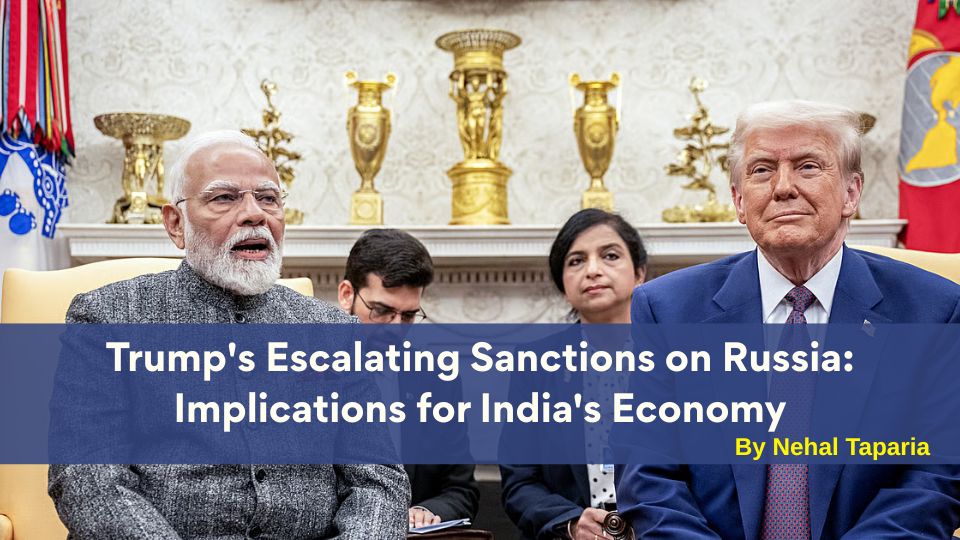Powell Opens the Door — What Fed’s Possible Rate Cut Means for India

Powell Opens the Door — What Fed’s Possible Rate Cut Means for India
In his high-stakes address at the Jackson Hole symposium on August 22, 2025, Federal Reserve Chair Jerome Powell struck a carefully balanced tone—acknowledging a weakening labor market while offering a cautious nod toward potential rate cuts as early as September. He emphasized that although inflation remains a concern, rising downside risks to employment could prompt a shift in policy direction.
Markets reacted swiftly: U.S. stocks rallied, Treasury yields dropped, and the dollar softened, signaling widespread expectations of easing monetary policy.
How This Impacts Indian Markets
Stronger Rupee Potential
A softer U.S. dollar could offer relief to the rupee, which has been under pressure amid tariff worries and dollar demand.
Lower Bond Yields, Better Returns
Falling U.S. yields tend to pull down global rates. Indian government bond yields may slide too, offering capital gains and bolstering appeal for debt instruments.
Room for RBI to Ease
Encouraged by global dovishness, the RBI might consider monetary easing—further easing borrowing costs to stimulate growth.
Equity Market Rally
The dovish signal can reignite risk appetite among Indian equities—especially in rate-sensitive sectors like financials, real estate, and consumer discretionary.
Export Sector Dynamics
A weaker dollar and calmer global yields may reduce the earnings pressure on exporters, though tariff uncertainties still cloud the outlook.
Bottom Line
Powell’s Jackson Hole pivot nudges global markets toward easier policy, and India stands to benefit via a softer rupee, lower bond yields, and an equity tailwind. However, persistent inflation risks—especially from tariffs—and cautious policymaking both at the Fed and RBI mean India’s markets may see gradual improvement rather than a sharp turnaround.
By Nehal Taparia
This content is for educational and knowledge purposes only and should not be considered as investment or Trading advice. Please consult a certified financial advisor before making any investment or Trading decisions.
Our Recent FAQS
Frequently Asked Question &
Answers Here
1. What did Powell say exactly?
He highlighted rising downside risks in the labor market and suggested the Fed might cut rates soon but would proceed cautiously amid inflation concerns.
2. Why did markets react positively?
3. How will the rupee respond?
4. What about Indian bond markets?
5. Could the RBI cut rates too?
6. Which sectors benefit most?
7. Any risks or caveats?
Copyright © By Empirical F&M Academy. Design & Developed by Techno Duniya

.jpeg)
.jpeg)
.jpeg)

.jpeg)




